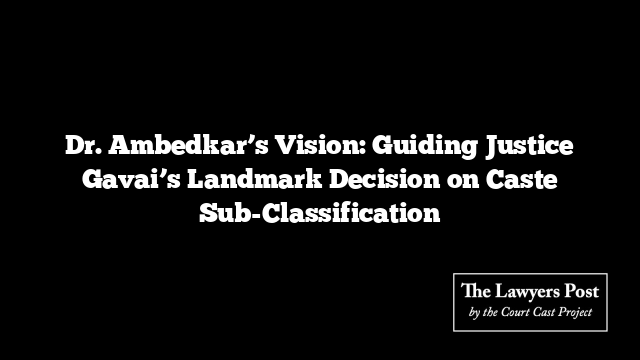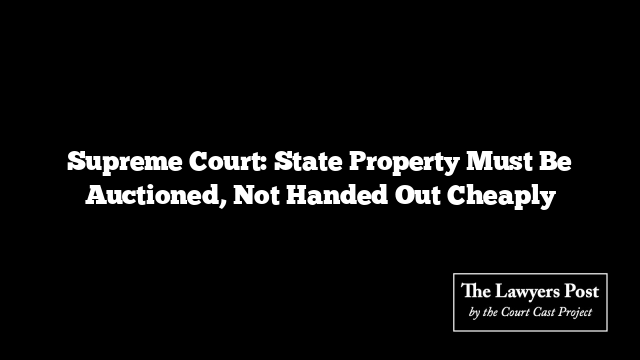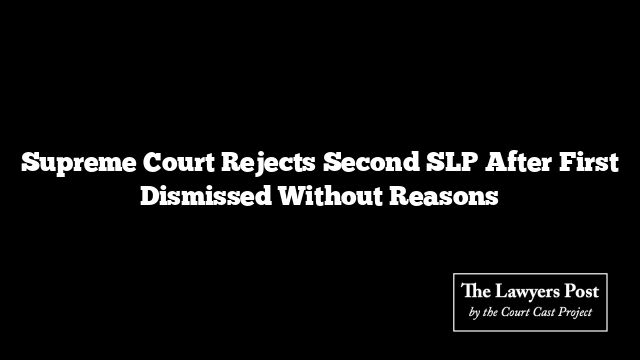In a monumental decision, Justice BR Gavai of the Supreme Court has allowed sub-classification within Scheduled Castes (SCs), drawing heavily on the principles of Dr. BR Ambedkar. This judgment, a significant step in addressing disparities within SCs, is deeply rooted in Ambedkar’s vision of social justice and equality.
Justice Gavai’s judgment extensively cites Ambedkar’s views, using them as a foundation to support the permissibility of sub-classification within SCs. He begins by invoking Ambedkar’s powerful warning from his Constituent Assembly speech in 1949, stressing that political democracy must be accompanied by social democracy, which upholds liberty, equality, and fraternity.
Highlighting Ambedkar’s stance on the removal of untouchability, Justice Gavai notes, “Ambedkar believed that if untouchables come out of stigma and participate in nation-building, they will contribute to national progress.” This belief underscores the judgment, emphasizing the importance of removing social barriers to create a more inclusive society.
Justice Gavai recounts the severe caste discrimination historically faced by certain communities, referencing Ambedkar’s 1919 testimony before the Southborough Committee, which exposed the systematic exclusion of untouchables from employment and public services. This historical context reinforces the need for sub-classification to address ongoing disparities.
The judgment also underscores Ambedkar’s views on equality and reservation. Justice Gavai refers to Ambedkar’s speeches during the drafting of the Constitution, particularly his insights on Article 16, which guarantees equality of opportunity in public employment. Ambedkar acknowledged the necessity of reservations to ensure representation for historically marginalized communities but emphasized that such measures should not undermine the principle of equality.
Citing the Justice Usha Mehra Commission Report, Justice Gavai reveals disparities in reservation benefits among SCs, illustrating the need for sub-classification. He emphasizes the state’s duty to provide preferential treatment to underrepresented backward classes without altering the Presidential List, a power reserved for Parliament.
Justice Gavai also addresses concerns about the misuse of sub-classification for political gain. He quotes Ambedkar’s foresight regarding such challenges, arguing that the identification of backward communities should be left to local governments, with the courts having the power to review such decisions.
He concludes that reasonable classification is inherent within Articles 14 and 16 of the Constitution, and sub-classification among SCs can be evaluated based on its reasonableness. Justice Gavai asserts that those who have already benefited from reservations should not obstruct efforts to extend these benefits to more disadvantaged subgroups.
Moreover, Justice Gavai advocates for applying the principle of the creamy layer to SCs, ensuring that only the truly disadvantaged benefit from affirmative action. He emphasizes that individuals from SC communities who achieve higher positions should no longer be deemed backward and should relinquish the benefits of affirmative action to allow more deserving individuals to benefit.
In conclusion, Justice Gavai’s judgment, guided by Ambedkar’s vision, paves the way for a more equitable distribution of reservation benefits within SCs. This decision marks a significant step towards achieving real equality and social justice in India.





